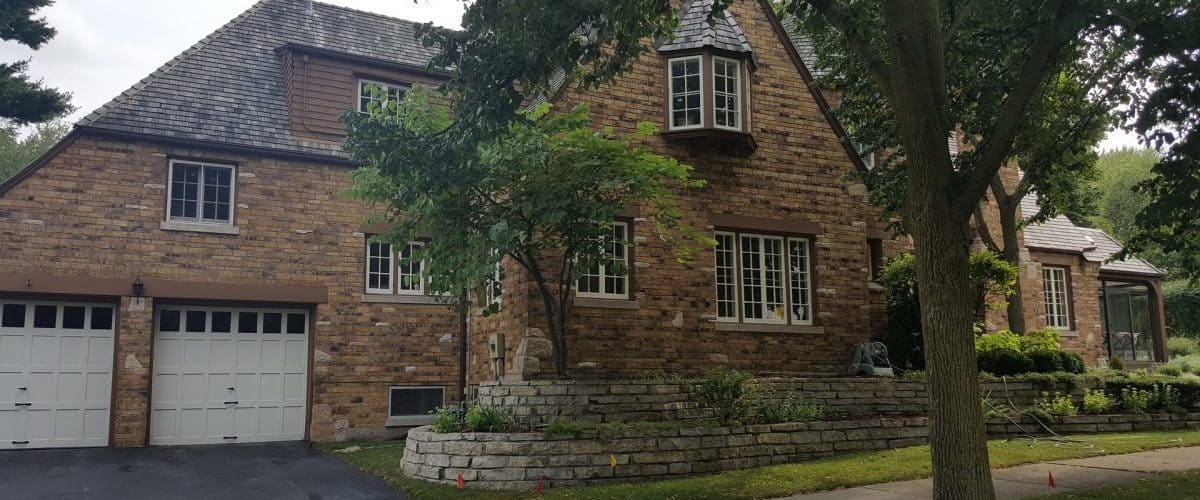Remodeling projects and renovations can prove to be fairly costly, and few consumers are in a position to simply write a check to their contractor for labor and materials. While many individuals are fairly hesitant to borrow money against their property, it is important to realize that a home addition will almost always result in an increase in the value of the house. Many financial advisors will advise clients that it is perfectly acceptable to finance a home addition that will improve functionality or perceived curb appeal. The following guide will help a consumer discover the possible methods and process required for financing a home addition.
Contents
1. Fixed Installment Loans
Fixed installment loans provide a certain amount of money that will be repaid back over a specific period of time at a set rate of interest. While the interest rates associated with these loans is often much more competitive than other options, most lenders will only allow one specific sum to be borrowed. If additional costs are incurred, a whole new loan will have to be applied for and approved before a homeowner can receive any more funds. A consumer often must allow the loan to be set up as a second mortgage that will subordinate only to the first lien holder on the property. Interest on a home equity loan may or may not be tax deductible and should be discussed with an accountant.
2. Variable Home Equity Lines
Because many projects may have a somewhat flexible budget, many borrowers appreciate the ability to have an open credit line with a limit that is most likely higher than the amount that they will need. A variable home equity line is simply an open line of credit that will have a cap of a certain percentage of the value of the house and property. A person can simply write checks off of the equity line to pay for any home addition costs, materials, and labor. After the person is complete with the project, it is common for borrowers to lock in an interest rate and convert the equity line to a fixed installment loan described above. Interest on a home equity line may be tax deductible depending on several factors, so a CPA should be consulted for more details.
In order to apply for either of the above traditional loans, a prospective borrower will need to gather:
– Current Appraisal of the Home
– Pay Stubs and Household Income
– Bank Statements
– Existing Mortgage Statements
– Copy of Credit Report for Each Borrower
The application process will vary based on each person’s set of circumstances and credit situation, and different lenders will have their own procedures and guidelines that must be followed.
3. Retirement Loans / Withdrawals
Depending on the type of retirement account that a prospective borrower invests in, some individuals may be able to draw money out of their 401K to pay for home renovations. Withdrawals could be subject to IRS tax penalties and should be avoided unless the borrower is over the age of 65 in most cases. Actual loans could be an acceptable way to pay for an addition to the home, but only if the money is not being taken out of a investment that is struggling to recover from the tough economic times.
4. Contractor Finance Programs
Many home construction specialists realize that they can attract more clients by offering direct finance programs. The majority of programs require that a lien be put on the property, but the funds can cover all labor and materials associated with the home addition. When interviewing potential builders for the project, direct financing should at least be discussed.



